Home>diy>Building & Construction>How Do Commercial Construction Projects Work


Building & Construction
How Do Commercial Construction Projects Work
Modified: January 9, 2024
Learn how commercial construction works and get insights into the building construction process. Discover the steps involved and key considerations for successful projects.
(Many of the links in this article redirect to a specific reviewed product. Your purchase of these products through affiliate links helps to generate commission for Storables.com, at no extra cost. Learn more)
Introduction
Commercial construction projects are complex endeavors that involve the planning, design, and construction of commercial buildings such as offices, retail spaces, and industrial facilities. These projects require the expertise of professionals in various fields, including architects, engineers, contractors, and project managers.
In this article, we will explore how commercial construction works, from the initial project planning phase to the final completion and handover. Understanding the construction process can help business owners, investors, and professionals involved in the industry gain valuable insights into the intricacies of commercial building projects.
Commercial construction projects are typically larger in scale and more complex than residential construction projects. They often involve extensive planning, design, and coordination to meet the functional and aesthetic requirements of the client.
The commercial construction process can be divided into several phases, each with its own set of tasks and milestones. These phases include project planning, pre-construction, construction, and project completion. Let’s delve into each phase in more detail.
Key Takeaways:
- Commercial construction projects involve meticulous planning, skilled craftsmanship, and effective project management. Understanding the phases and tasks involved is crucial for successful outcomes and meeting client expectations.
- The commercial construction process encompasses project planning, pre-construction, construction, and project completion. Effective communication, coordination, and attention to detail are essential for navigating this intricate and multifaceted endeavor.
Read more: How Do Commercial HVAC Systems Work
Project Planning
The first phase of a commercial construction project is project planning, where the groundwork is laid for the successful execution of the project. This phase involves several crucial steps, including site selection, feasibility study, design brief, and obtaining permits and approvals.
Site Selection: The site selection process involves identifying and evaluating potential locations for the commercial building. Factors such as accessibility, demographics, zoning regulations, and proximity to suppliers and customers are taken into account. The chosen site should align with the client’s goals and meet the project’s needs.
Feasibility Study: A feasibility study is conducted to assess the viability and cost-effectiveness of the proposed project. This study considers factors such as market demand, financial projections, environmental impact, and regulatory requirements. The findings of the feasibility study help determine whether the project should proceed and what adjustments may be necessary.
Design Brief: The design brief is a document that outlines the client’s requirements and expectations for the building’s design. It includes details about the intended use of the building, layout preferences, and aesthetic considerations. The design brief serves as a guide for the architects and designers in developing the project’s design concept.
Permits and Approvals: Before construction can commence, necessary permits and approvals must be obtained from the local authorities. This includes permits for building construction, zoning compliance, environmental regulations, and any other relevant permits. The process may involve submitting architectural plans, environmental impact assessments, and other documentation for review and approval.
The project planning phase is critical as it sets the foundation for the rest of the project. It ensures that the selected site is suitable, the project is financially feasible, the design meets the client’s requirements, and all necessary permits are in place before construction activities begin.
Pre-construction Phase
Once the project planning phase is completed, the next step in the commercial construction process is the pre-construction phase. This phase involves various activities that are crucial for ensuring the smooth execution of the project. The key tasks in the pre-construction phase include budgeting and cost estimation, preparing construction drawings, material procurement, hiring contractors and subcontractors, and setting a project timeline.
Budgeting and Cost Estimation: During this phase, a detailed budget is prepared based on the project requirements, design, and estimated costs of materials, labor, and other expenses. Cost estimation involves analyzing the scope of work, estimating quantities, and obtaining quotes from suppliers and subcontractors to determine the overall project cost.
Preparing Construction Drawings: Construction drawings, also known as working drawings, are prepared by architects and engineers based on the approved design concept. These detailed drawings include architectural plans, structural engineering plans, electrical and plumbing layouts, and other technical specifications. The construction drawings serve as a blueprint for the construction team and guide them during the construction process.
Material Procurement: The procurement of construction materials is an essential aspect of the pre-construction phase. Once the construction drawings are finalized, a materials list is created, and the necessary materials are sourced from suppliers. This includes ordering materials such as steel, concrete, lumber, HVAC systems, plumbing fixtures, and electrical components. Efficient material procurement ensures timely availability of materials during the construction phase.
Hiring Contractors and Subcontractors: Commercial construction projects require the expertise of various contractors and subcontractors to execute different aspects of the project. This includes general contractors, specialized tradespeople, and subcontractors for specific tasks such as electrical and plumbing work. Through a competitive bidding process or direct negotiations, the project team selects qualified contractors and subcontractors who have the necessary licenses, experience, and insurance.
Setting a Project Timeline: A project timeline is established during the pre-construction phase, outlining the sequence of activities and milestones for the entire project duration. The timeline includes key dates such as the start of construction, completion of major phases, and project handover. Setting a realistic and well-organized project timeline helps keep the project on track and ensure timely completion.
The pre-construction phase plays a vital role in preparing for a successful construction project. It involves careful planning, budgeting, and coordination to establish a solid foundation for the construction phase and maximize efficiency and cost-effectiveness.
When planning a commercial construction project, make sure to carefully consider the location, zoning regulations, and building codes to ensure a smooth and successful process.
Construction Phase
The construction phase is the core of any commercial construction project. It involves the actual building of the structure according to the approved design and construction drawings. The construction phase encompasses a range of activities, including site clearing and excavation, foundation and concrete work, structural framework, plumbing and electrical installations, HVAC system installation, interior finishing, exterior finishing, and landscaping.
Site Clearing and Excavation: Before construction can begin, the construction site is cleared of any existing structures, vegetation, and debris. Excavation is then carried out to prepare the site for construction. This includes digging trenches, creating foundation pits, and leveling the ground as necessary.
Foundation and Concrete Work: The foundation serves as the base upon which the entire structure is built. It is constructed using concrete and reinforcement materials to provide stability and support. Foundation work includes setting up formwork, pouring concrete, and ensuring proper curing and strength development.
Structural Framework: Once the foundation is complete, the structural framework of the building is constructed. This involves erecting columns, beams, and walls according to the construction drawings. Structural engineers ensure that the framework meets the required standards for strength and stability.
Plumbing and Electrical Installations: Plumbing and electrical systems are essential components of any commercial building. During this phase, plumbers and electricians install the necessary pipes, fixtures, wiring, and electrical panels. They work in coordination with the structural framework to ensure proper placement and functionality.
HVAC System Installation: Heating, ventilation, and air conditioning (HVAC) systems are crucial for providing a comfortable indoor environment. HVAC technicians install the necessary equipment, including air conditioning units, ductwork, vents, and thermostats. They ensure proper airflow, temperature control, and energy efficiency.
Interior Finishing: During the interior finishing phase, the building’s interior spaces are completed. This includes installing drywall, painting, flooring, ceiling finishes, and interior fixtures such as lighting, doors, and windows. Interior designers may be involved in selecting color schemes, materials, and furnishings to create an aesthetically pleasing and functional space.
Exterior Finishing: The exterior finishing phase focuses on the external appearance of the building. This includes applying finishes such as stucco, brickwork, or siding to the walls, installing exterior doors and windows, adding architectural details, and applying weatherproofing coatings. The goal is to create an attractive and durable exterior that complements the overall design.
Landscaping: Landscaping adds the final touch to a commercial building project. This includes the design and installation of outdoor features such as gardens, walkways, parking lots, and green spaces. Landscaping enhances the overall aesthetics of the property and provides a pleasant environment for building occupants and visitors.
The construction phase requires skilled labor, effective project management, and adherence to safety regulations. It is a critical stage that transforms the architectural plans into a physical structure, incorporating all the necessary systems and finishes to create a functional and visually appealing commercial building.
Project Completion
The final phase of a commercial construction project is project completion. This phase involves several important activities that ensure the project is ready for occupancy and meets all necessary requirements. The key tasks in the project completion phase include final inspections, obtaining a certificate of occupancy, handover to the owner, and post-construction clean-up.
Final Inspections: Before the building can be occupied, it undergoes a series of final inspections conducted by regulatory authorities. These inspections ensure that the construction meets all building codes, safety regulations, and design specifications. Inspectors check various aspects, including structural integrity, electrical and plumbing systems, fire safety measures, and accessibility compliance.
Certificate of Occupancy: Upon successful completion of the final inspections, the building is issued a certificate of occupancy. This document certifies that the building is safe and suitable for occupancy according to the designated use. It confirms that all building codes and regulations have been met and that the necessary systems are in place.
Handover to the Owner: Once the certificate of occupancy is obtained, the construction project is handed over to the owner. The owner assumes responsibility for the operation and maintenance of the building. The construction team provides the necessary documentation, including warranties, equipment manuals, as-built drawings, and any other relevant information to assist the owner with future maintenance and renovations.
Post-Construction Clean-up: After the building is handed over, a thorough post-construction clean-up is carried out to remove debris, leftover materials, and construction equipment from the site. This includes cleaning the interior and exterior of the building, ensuring that it is free from dust, dirt, and any construction-related residue. Proper clean-up is important for presenting a pristine and finished product to the owner.
The project completion phase is a significant milestone in a commercial construction project. It signifies that the building has been constructed in accordance with the approved plans and specifications, and is ready for use. It also marks the transition of responsibility from the construction team to the building owner for ongoing maintenance and management.
Read more: How Do Construction Loans Work
Conclusion
Commercial construction projects are complex endeavors that involve careful planning, skilled craftsmanship, and effective project management. From the initial stages of project planning to the final phase of project completion, there are numerous tasks and considerations that must be addressed to ensure the successful construction of a commercial building.
Project planning is crucial for identifying the right site, conducting feasibility studies, defining the design brief, and obtaining the necessary permits and approvals. The pre-construction phase involves budgeting, preparing construction drawings, procuring materials, hiring contractors, and setting a project timeline. The construction phase brings the plans to life, including site clearing, foundation work, structural framework, plumbing and electrical installations, HVAC systems, and interior and exterior finishings. Finally, the project completion phase includes final inspections, obtaining a certificate of occupancy, handover to the owner, and post-construction clean-up.
Throughout the entire process, effective communication, coordination, and attention to detail are essential to ensure the project runs smoothly and meets the client’s expectations. By following the necessary steps and working with skilled professionals, commercial construction projects can be completed successfully, resulting in functional and visually stunning buildings.
It is important for business owners, investors, and industry professionals to have a comprehensive understanding of the commercial construction process. This knowledge enables them to make informed decisions, manage expectations, and contribute to the successful outcome of the project. Building a commercial structure involves a combination of technical expertise, creativity, and meticulous planning, ultimately resulting in a space that meets the needs of the client and serves its intended purpose.
In conclusion, commercial construction projects are intricate and multifaceted endeavors that require careful planning, precise execution, and attention to detail. By understanding the various phases and tasks involved, stakeholders can navigate the process more effectively and achieve successful outcomes in the construction of commercial buildings.
Frequently Asked Questions about How Do Commercial Construction Projects Work
Was this page helpful?
At Storables.com, we guarantee accurate and reliable information. Our content, validated by Expert Board Contributors, is crafted following stringent Editorial Policies. We're committed to providing you with well-researched, expert-backed insights for all your informational needs.

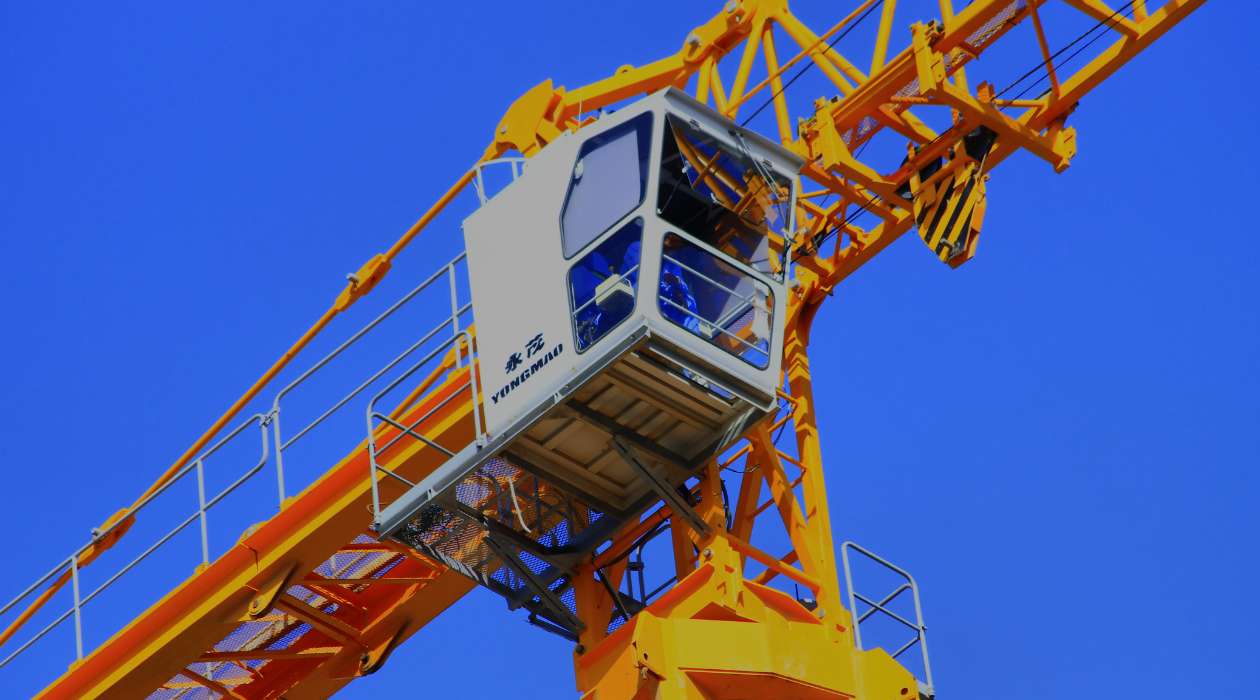


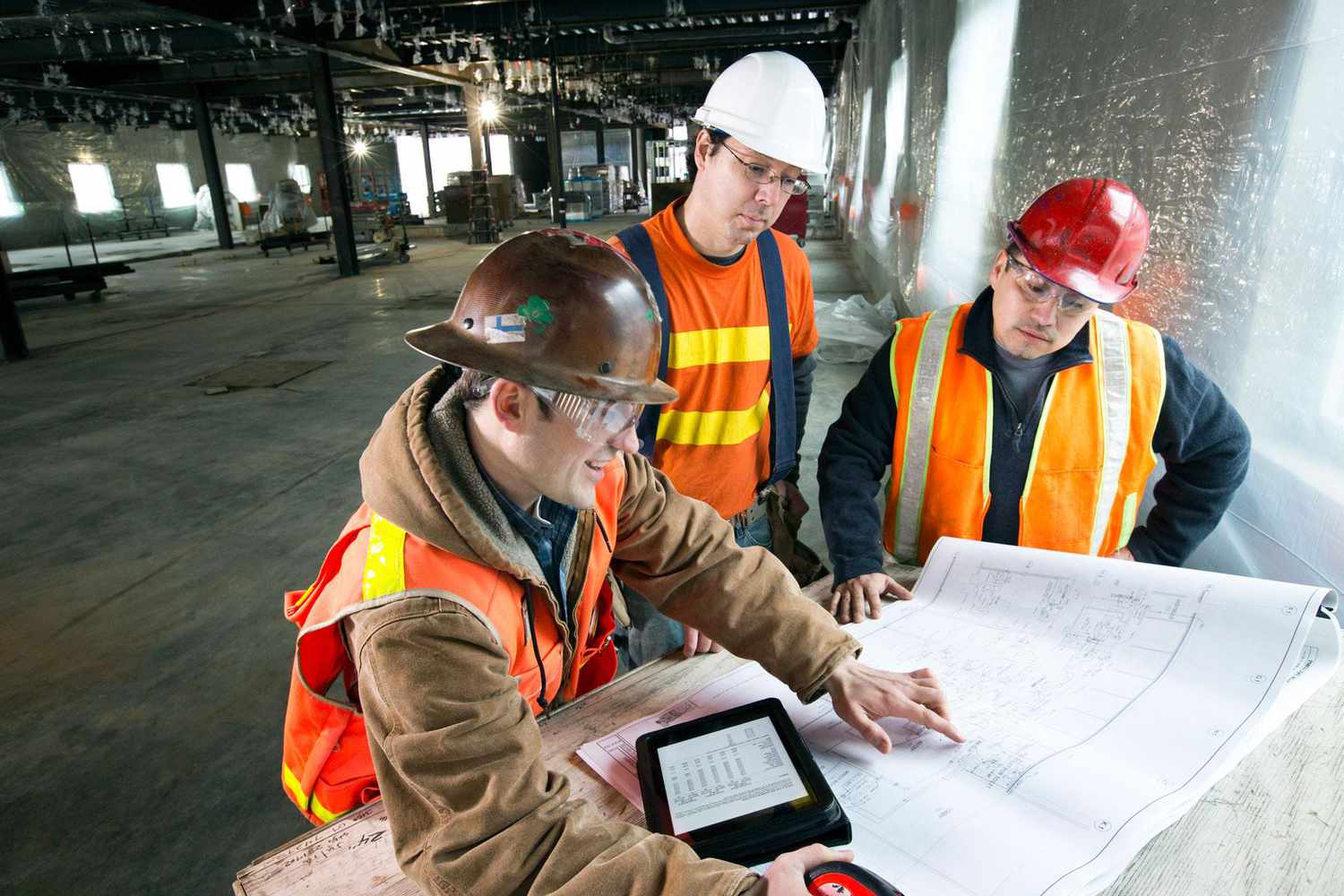


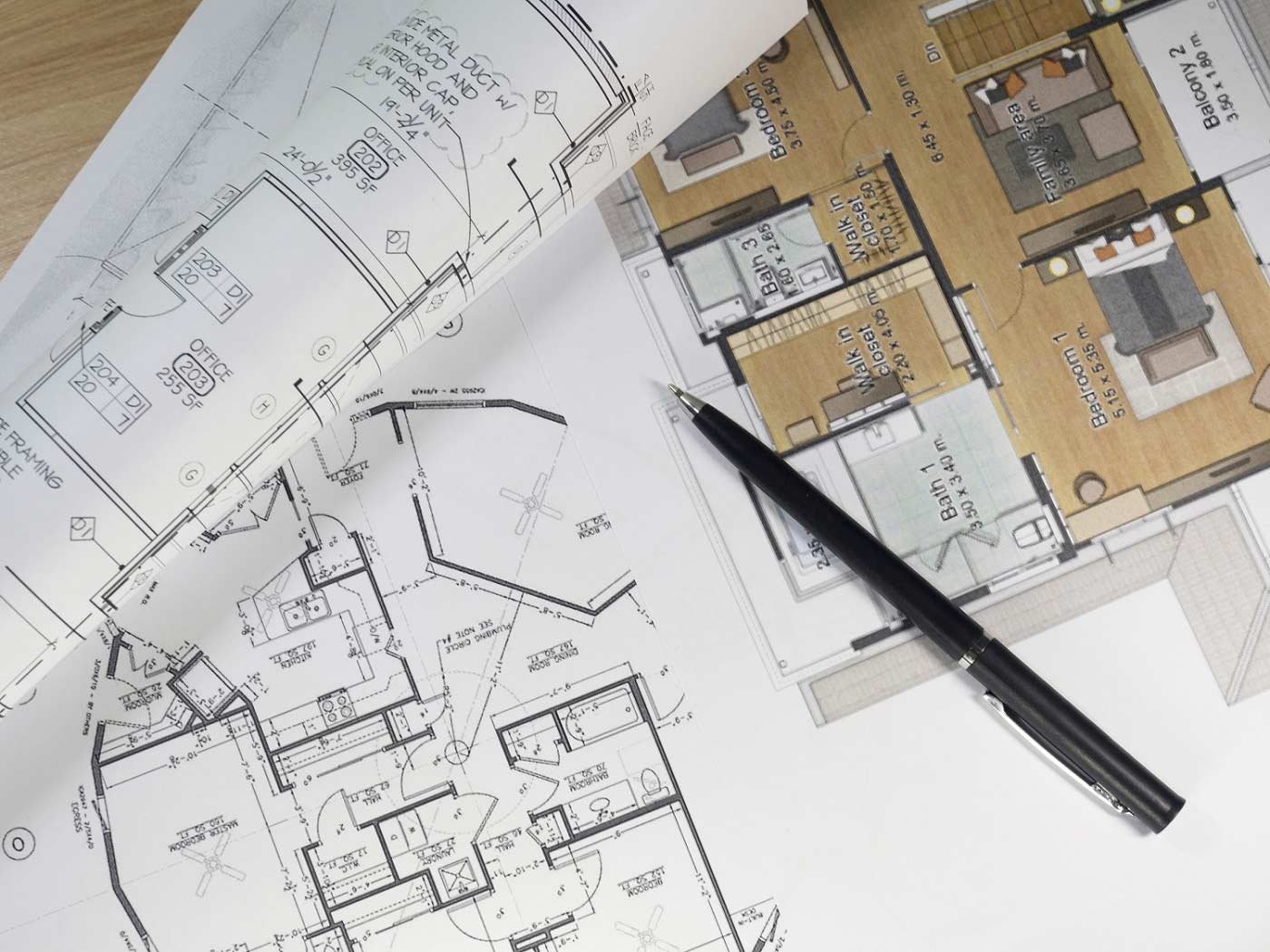

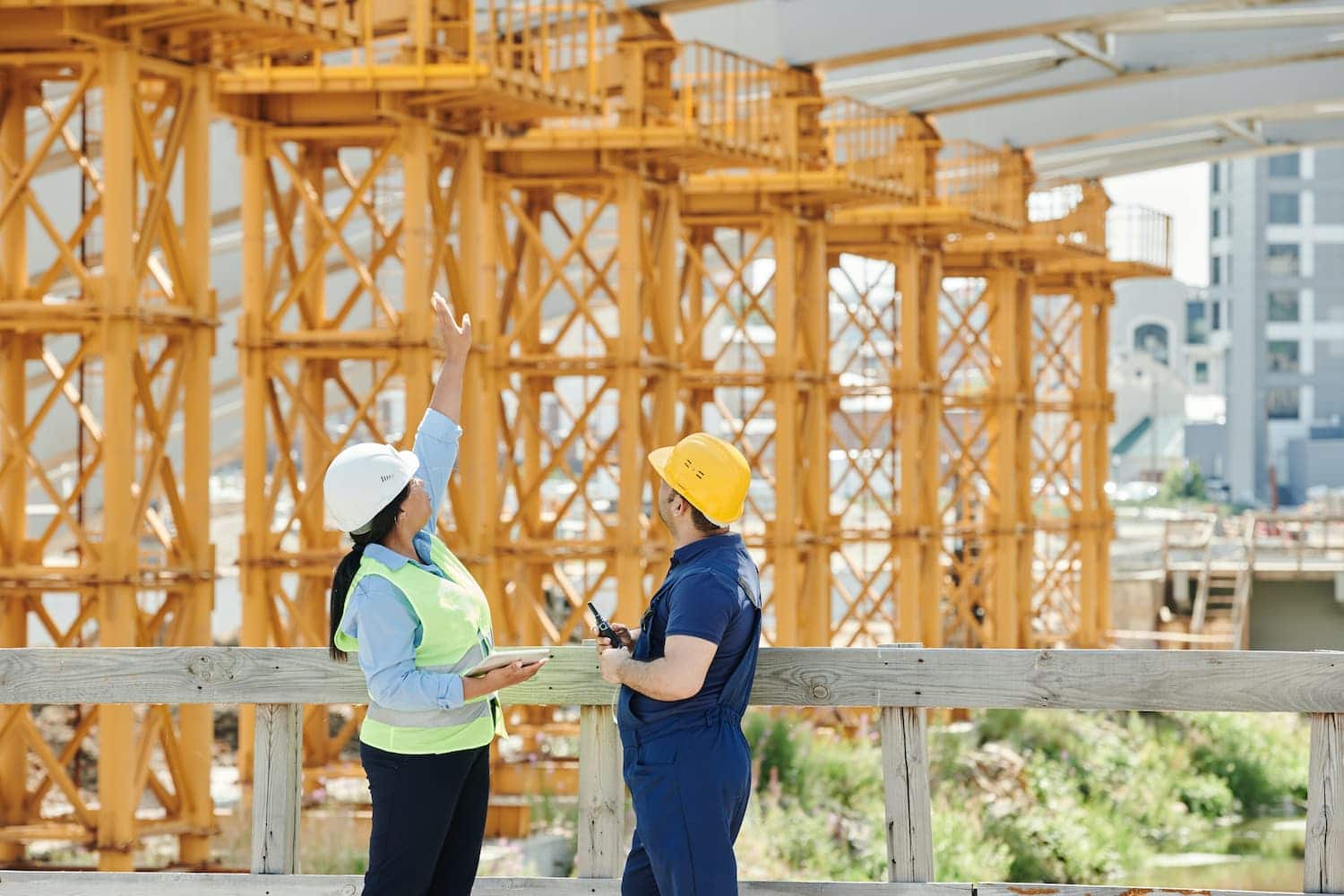
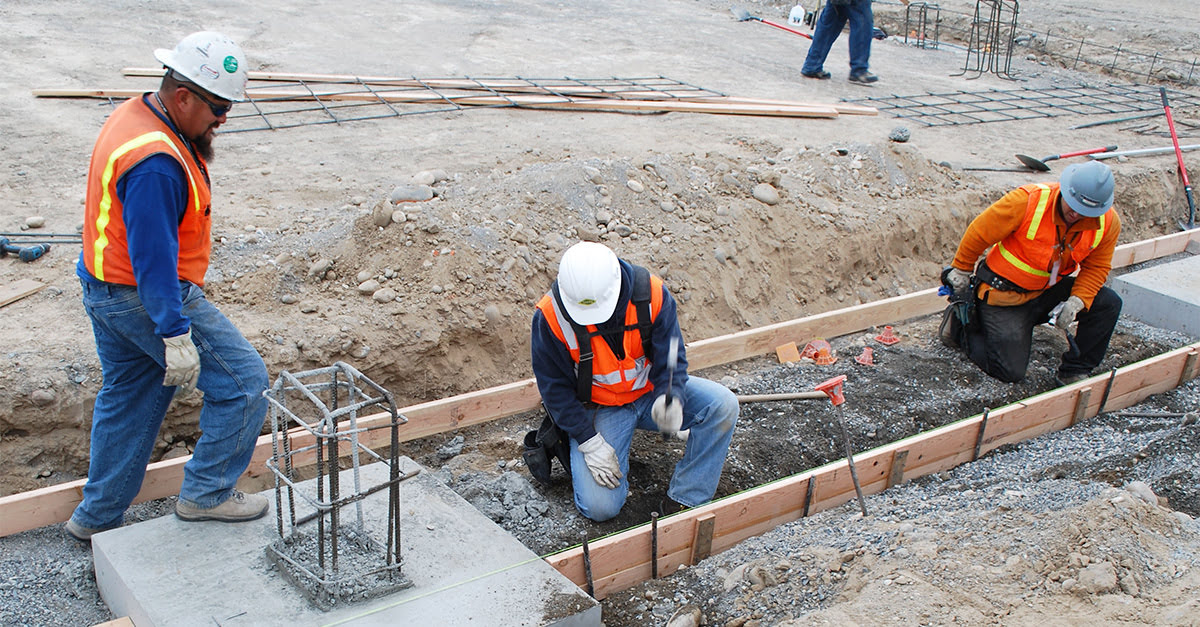

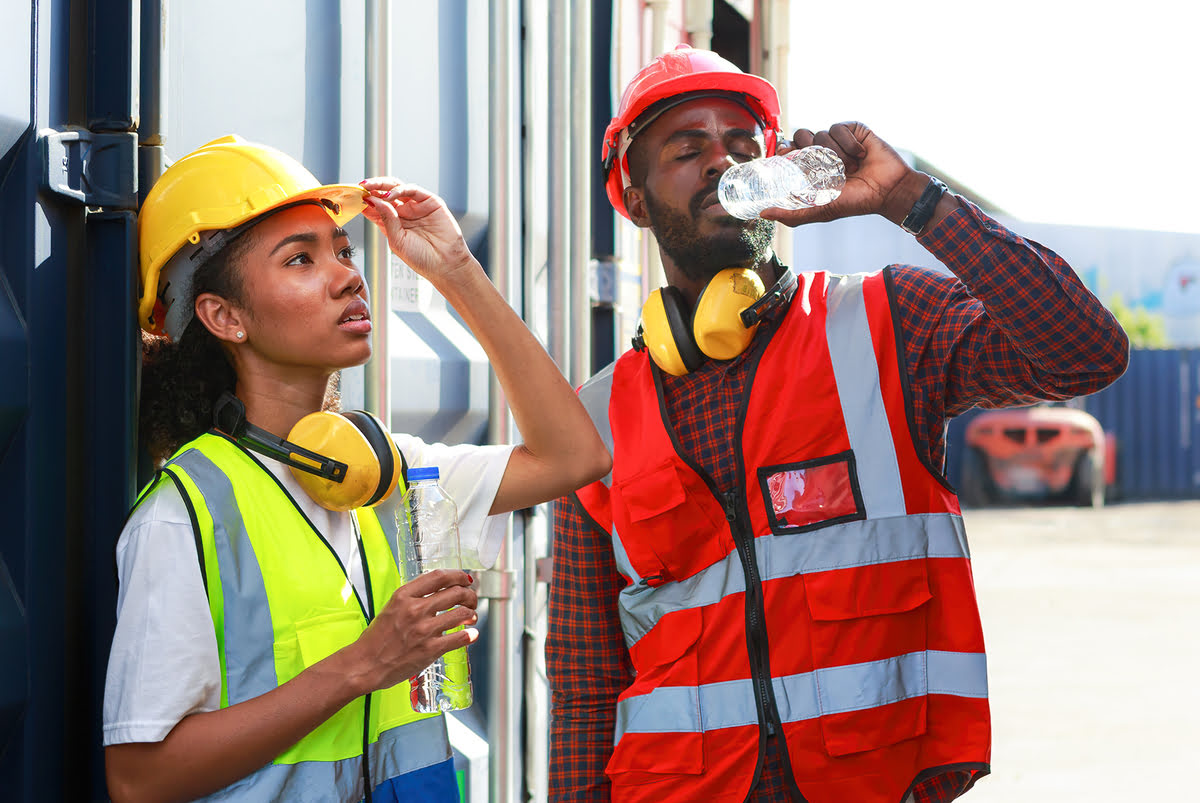
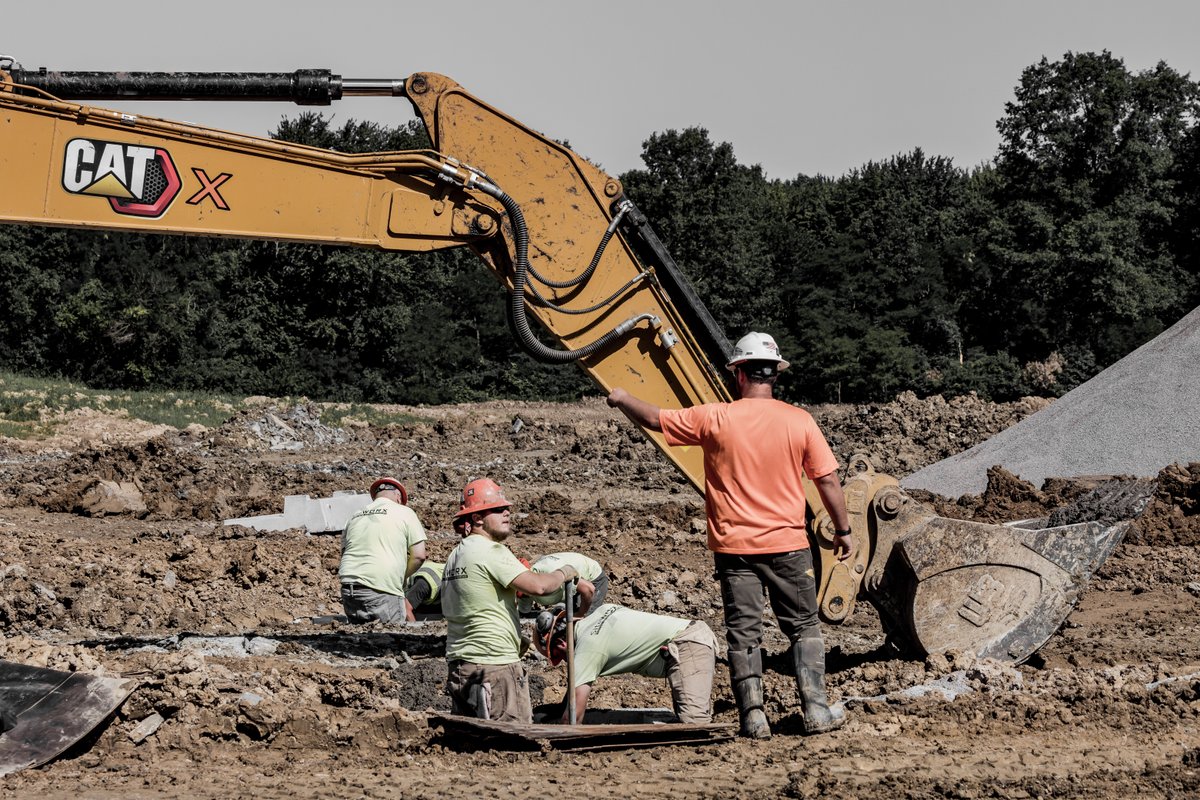

0 thoughts on “How Do Commercial Construction Projects Work”